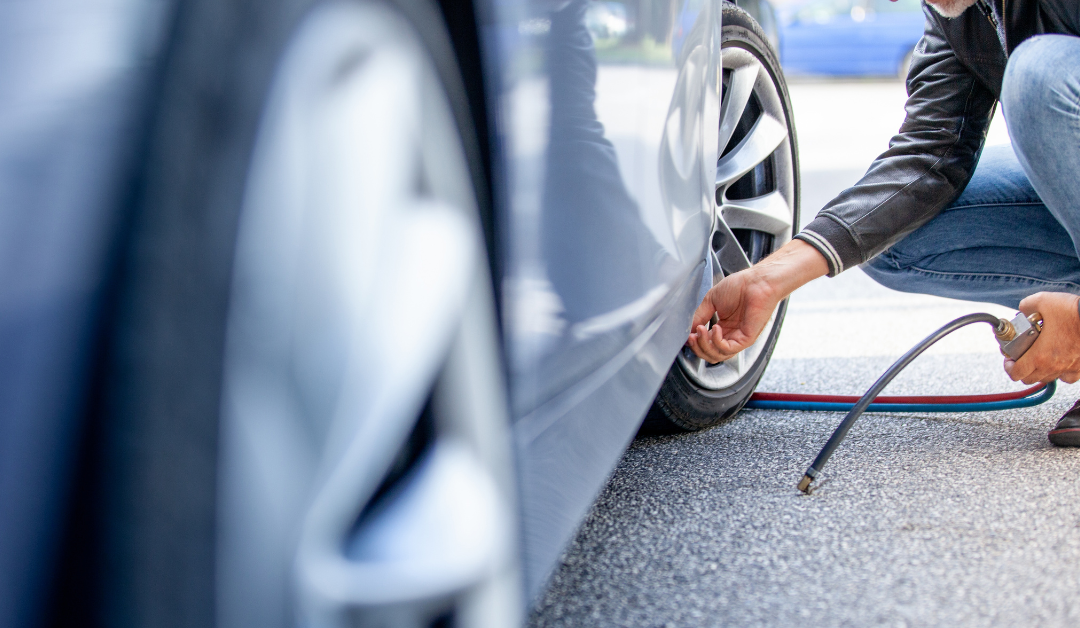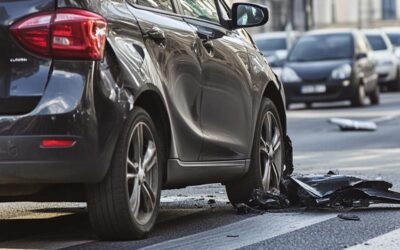As we head into Fall, roads will be slippery, and you can anticipate darkness at earlier hours. These hazards will make it necessary to take all precautions when driving, including ensuring your car has been recently maintained to increase car safety. In addition, you will want to have all your essential documents in an easily accessible place in the unfortunate event of an accident.
Not sure what things you should consider when it comes to making sure your car is ready to hit the road? Don’t worry; we’ve got you covered with our car safety checklist.
1. Change the Oil in Your Car
Changing your oil and checking the oil levels in your vehicle are essential to the engine’s health. Many newer cars now have a service check light that will flip on when your car requires an oil change. However, if your car does not have this feature, there are other ways to tell if your car is ready for an oil change. 1. You can check the manual that comes with the car, which would typically be found in the glove box compartment, or you can look up the manual online and see the recommendation for the length between oil changes. 2. Check the sticker appearing on your windshield from your last oil change. This will typically designate a date and or mileage when your oil should be changed again.
2. Check Your Windshield Wiper Blades
Heading into the rainy season, you don’t want to be stuck on the road with windshield wipers that do not work correctly. Before your next road trip, test your wipers to ensure that they are doing their job correctly. Here are some ways to tell if you may need to replace your wipers:
- They leave streaks on your windshield
- They make squeaking noises when wiping back and forth because the rubber is worn.
- They are bent, broken, cracked, or the adhesive between the plastic and rubber is coming off.
If you test your windshield wiper blades and notice any of these issues, you can opt to change your blades yourself or head down to your nearest auto shop to replace them. Changing them every 6-12 months is recommended depending on how often you use them and the quality of the blades.
3. Check Your Tires
When was the last time you checked on your tires? According to Consumer Reports, inspect your tires every month for wear. “To gauge tread depth, all you need is a quarter. Put George Washington’s head into one of the big grooves. If the top of his head is flush with the tread, you have about 4⁄32 inch of tread left, meaning you have some grip remaining for rainy or snowy conditions.” In addition, to minimize wear and tear on your tires and get the most life out of them, you should be rotating them regularly, typically about every 5,000 to 7,500 miles.
4. Check Your Lighting
Out of everything we have talked about thus far in this checklist, a broken headlight or brake signal is the one thing that can get you a ticket. Therefore, you must be regularly checking your vehicle’s exterior lighting system. This includes brake lights, headlights (low and high beams), front and rear turn signals, and fog beams. Check your lighting system as a regular part of your maintenance routine, as a light that is out or not working properly can cause a severe accident for which you would be at fault.
5. Know Where Your Important Documents Are
When driving your car, there are certain documents that you should know where they are at all times. If you are pulled over or need to access these documents quickly, you don’t have to put much thought into remembering where they are. We recommend keeping most of these documents in one spot. Here is a quick list of some documents you should always have on hand.
- Drivers license
- Car Registration
- Insurance Documents
- Car Manual
We recommend keeping most of these documents in the Glove Compartment box, except for your driver’s license, which would most likely be stored in your wallet or purse.
6. Pack an Emergency Kit
In the unfortunate event that you are involved in a car accident or your car breaks down on the side of the road having an emergency kit that is fully stocked will come in handy. Here are some things to make sure that you have in a kit that can be stored in the trunk of your car in case of an emergency. Always have these items on hand to improve your car safety.
- Jack
- Bandaids, Hydrogen Peroxide, Scissors
- Spare tire
- Jumper cables
- Map
- Blanket
- Flashlight
- Ice scraper
If you have been injured in a car accident in Colorado, you may be entitled to compensation for medical bills, lost earnings, property damage, and pain and suffering. Contact the experts at Cave Law today for a free consultation.





